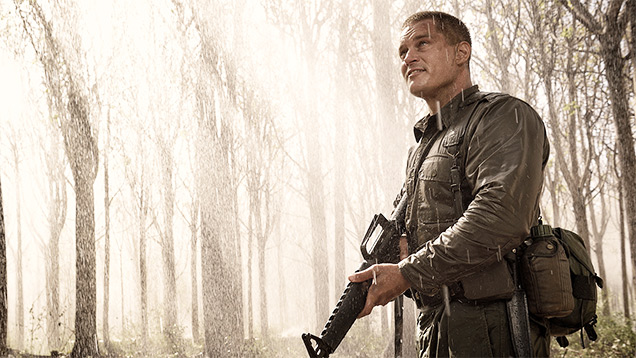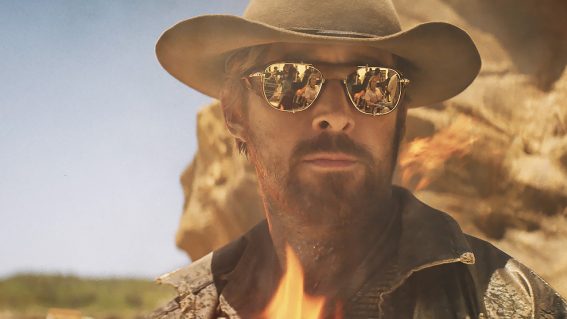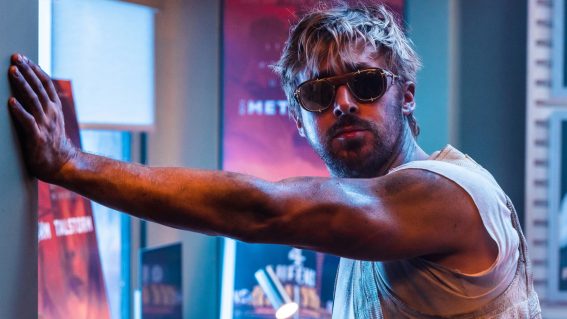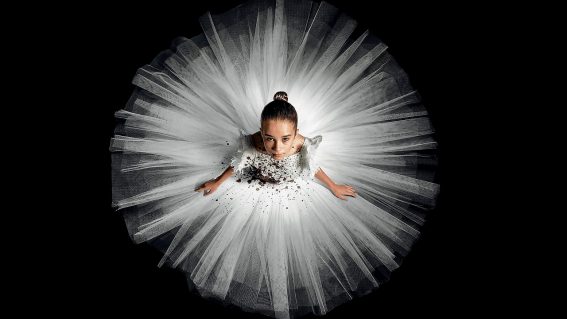Danger Close is a patriotic but problematic Australian war film

Danger Close: The Battle of Long Tan recreates the most famous Australian battle of the Vietnam War, during which outnumbered and out-experienced ANZAC troops fought boldly. Elements of the film ring true but it is patriotic to a problematic extent, says Blake Howard.
Director Kriv Stenders’ Danger Close: The Battle of Long Tan has a mission: it intends to be an overdue revisionist monument to the sacrifices of Australian and New Zealand Vietnam veterans. So turn up the symphonic organ swells and cut to pluming fire balls signalling that war’s still hell, and turn down the context. That context, to be blunt: the world’s two remaining superpowers intervened into a third world country’s civil war, veiled in imperialist action. The Vietnamese people paid the price in blood and had their country shelled back into the stone age.
Stenders approach is much more intimate than grand. You can see it in the staging of every scene. Helicopters aren’t like bees from a hive; they feel big and provide comfort – they rescue, resupply and rain fire on the enemy. For a war that frequently unfolded in thick jungle skirmish, where the agonising anticipation deeply affected the psyche of soldiers on both sides, Danger Close unfolds in an almost classical manner. Flat battlefield, ground forces, trumpet blasts to signal charges; these descriptors could be applied to battles from Braveheart to Game of Thrones, but rarely to Vietnam.
The actors are the saviours here, committing to their duty to bring respect and authenticity to the real men they’re playing. Despite a squad of writers (Stuart Beattie, James Nicholas, Karel Segers, Paul Sullivan and Jack Brislee) the script heaps cliché after cliché. But in the opening stanza of the film, the cast find their alchemy in the thick of the action. Standouts performances from Daniel Webber, Luke Bracey, Aaron Glenane and others find their rhythm as their characters face certain death. Their gallows humour feels authentic and true.
And yet, the question beckons: why in 2019 are we revisiting Vietnam? It’s clear that the USA and its allies (namely Australia) dove headlong into a deep existential crisis throughout the Vietnam conflict. The problem is that in 2019, sprawling and swarming hoards of nameless waves of Asian enemies attacking a morally certain ANZAC force feels deeply problematic.
One of first American war films about Vietnam War was 1968’s Green Berets. Starring John Wayne, the film attempted to apply the World War II narrative (American as saviour) to Vietnam. It infamously ignored the muddy ideology behind the war and the huge toll it reaped. It received as laughable, propagandistic nonsense. Australian soldiers in this time had been irrevocably altered by conflicts like Gallipoli (captured in the canonical 1981 film from Peter Weir), with questions over choosing what’s right versus obeying the chain of command.
Tellingly, there’s not a single moment in Danger Close depicting the Australians even bothering to query why they’re there. In fact there’s a moment when Major Smith (Travis Fimmel) of the Delta forces meets with Brigadier Jackson (Richard Roxburgh) to ask if he can return to work with professionals rather than this random mixture of conscripts and volunteers. This may as well have been a musing from the mouth of Col. Kurtz (Marlon Brando) in Apocalypse Now. Danger Close‘s script begged for an interaction that paused to ask: “Why are our mates dying HERE? Why are we killing these people?”
Danger Close stays true to Australian sacrifice, but walks a perilous line between honour and amnesia.















